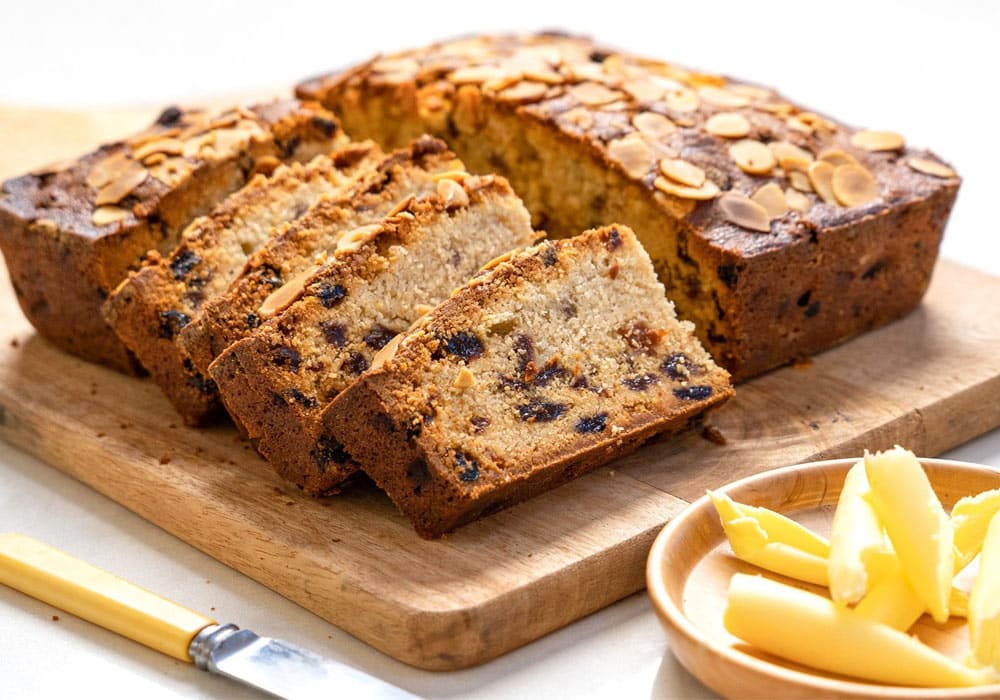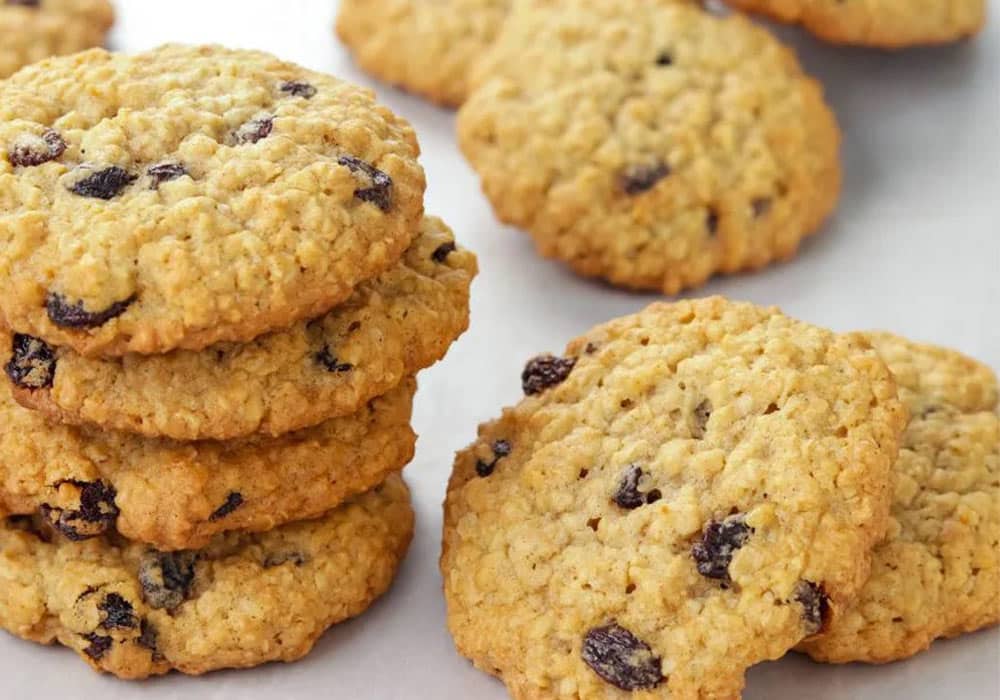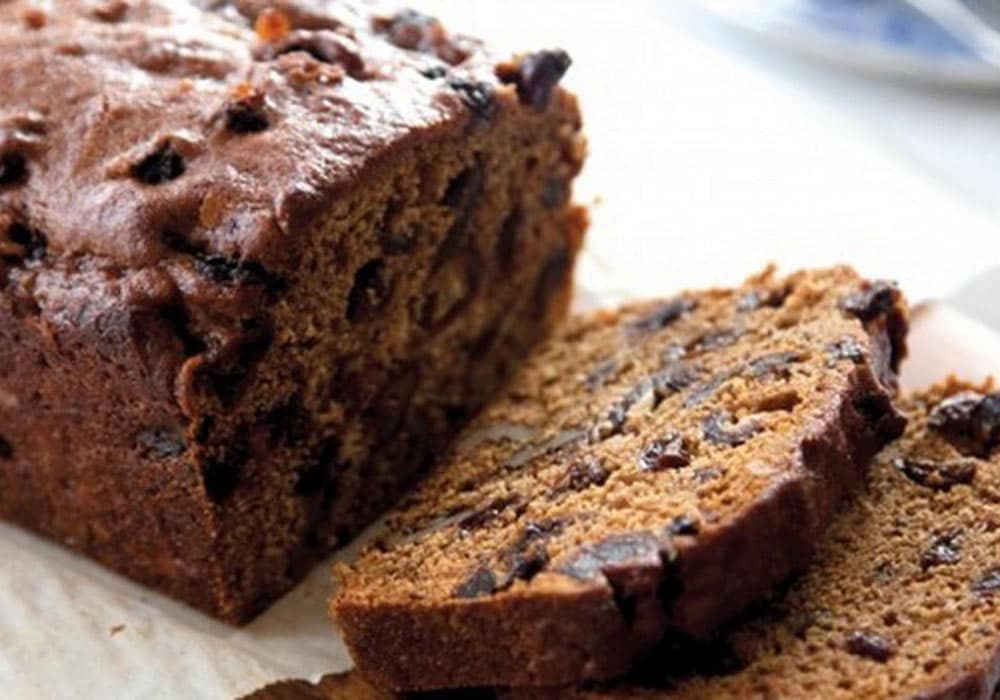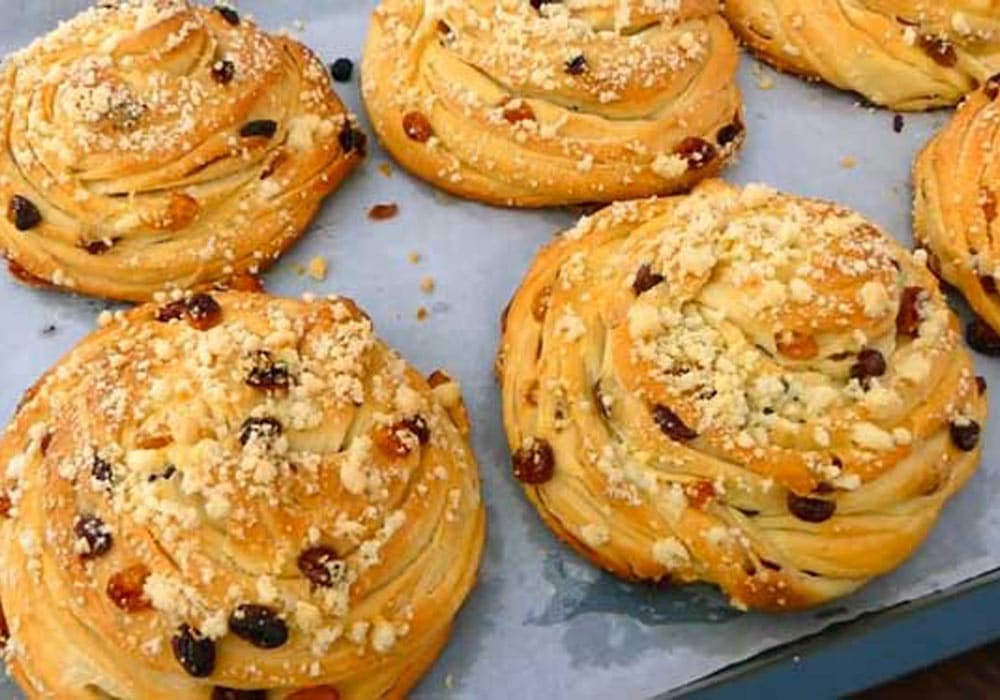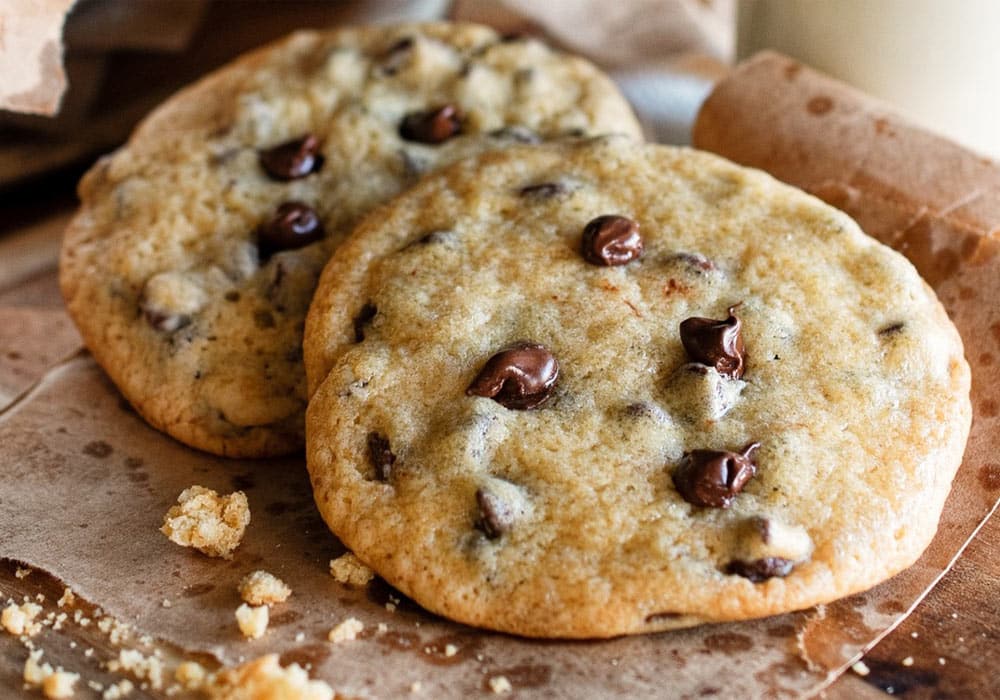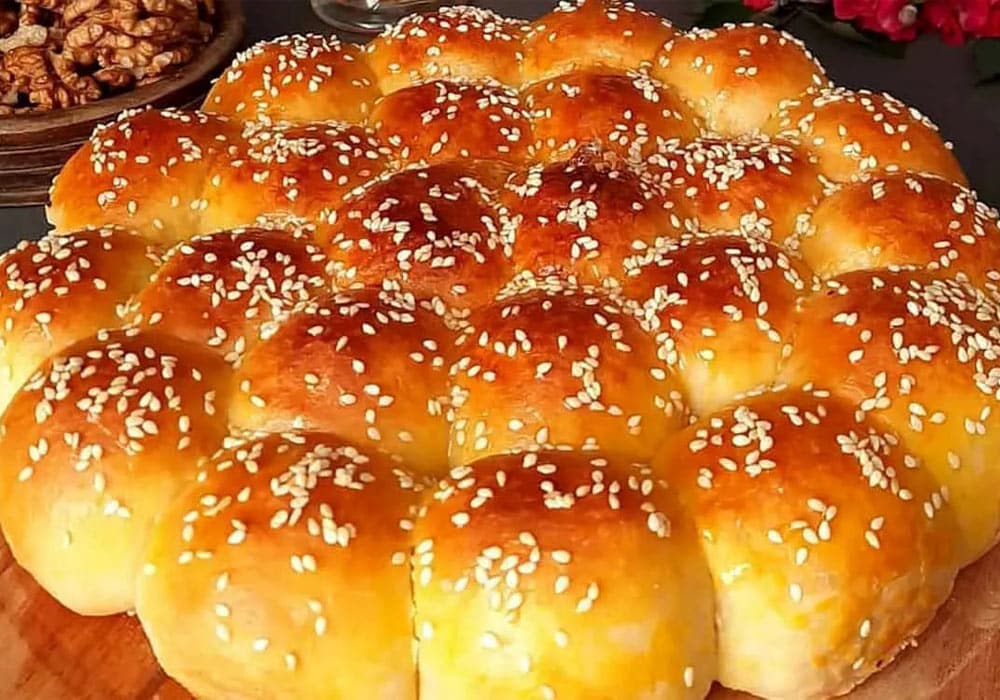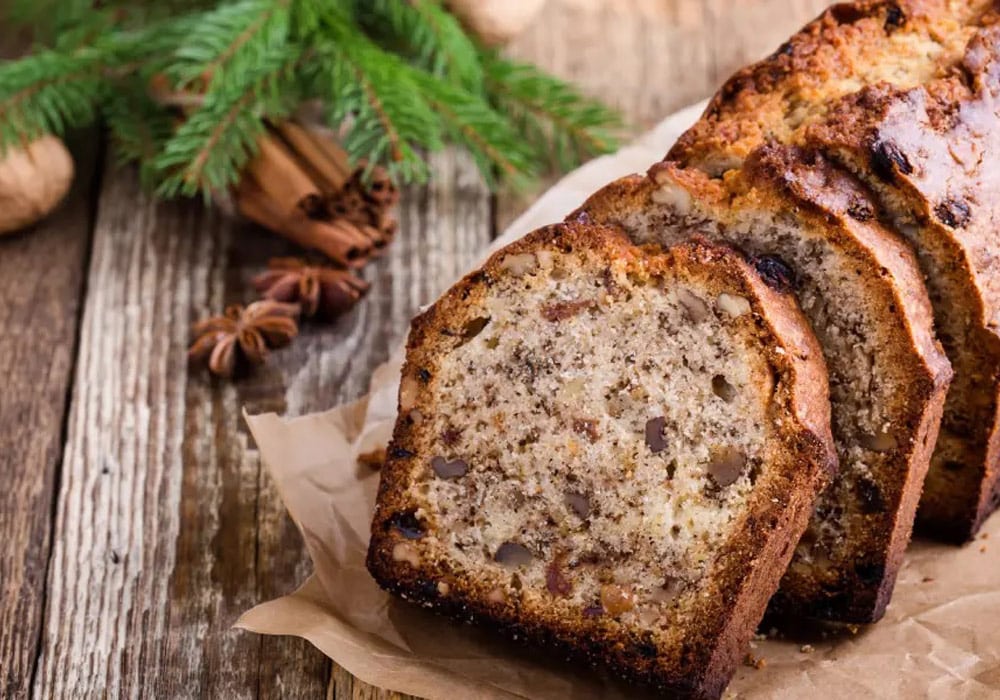Raisins, as one of the oldest and most popular dried fruits, have played an important role in home cooking and traditional cuisines across many cultures. This small and colorful fruit not only adds a sweet and pleasant flavor to bread and pastries but also offers exceptional health benefits, making its consumption increasingly popular among family members day by day.
Using green raisins in home baking not only enhances the flavor and texture but also increases the nutritional value of products, providing a softer and moister texture to breads and sweets. In this article, we will thoroughly explore the role of raisins in baking homemade bread and pastries, their benefits, practical tips, and diverse recipes so you can prepare the best and most delicious products using this natural and beneficial ingredient.
Part One: Introduction to Raisins and Their Benefits
Raisins are one of the most popular and nutritious dried fruits that, besides their sweet taste, have many health benefits. In this section, we introduce raisins and their nutritional advantages.
What are Raisins?
Raisins are essentially dried grapes, traditionally and industrially produced around the world for centuries. These dried fruits come in various types and colors, ranging from golden and light raisins to dark and black ones, each with their own unique characteristics and uses.
The drying method, grape variety, and storage conditions all affect the final quality and taste of raisins. Typically, raisins are dried under the sun or in the shade, preserving much of the natural properties of grapes. Due to their natural sweetness, raisins serve as a suitable substitute for sugar in many recipes and, thanks to their soft texture and moisture-absorbing capacity, they are perfect for adding to breads and pastries.
Nutritional Benefits of Raisins
Raisins not only taste delightful but are also a rich source of nutrients that support overall health. The dietary fiber in raisins improves digestive system function, facilitates food digestion, and prevents constipation. Antioxidants found in raisins, such as flavonoids and phenols, play a crucial role in protecting the body against damage from free radicals and preventing chronic diseases.
Raisins also contain B vitamins, vitamin C, and vitamin K, which help strengthen the immune system, promote healthy skin and hair, and improve cellular function. Important minerals like iron, potassium, calcium, and magnesium in raisins contribute to heart health, blood pressure regulation, and bone health. Additionally, the natural sugars such as fructose and glucose make raisins an excellent source of quick and healthy energy, suitable for children, athletes, and anyone needing immediate energy.
Raisins’ Impact on Health
Regular consumption of raisins offers numerous health benefits. Raisins help reduce bad cholesterol (LDL) and increase good cholesterol (HDL), improving heart health and reducing the risk of cardiovascular diseases. The fiber and antioxidants in raisins also help with weight control by creating a feeling of fullness and reducing appetite. Due to their iron content, raisins aid in improving anemia and boosting energy levels, especially beneficial for children and pregnant women. Moreover, antioxidants in raisins strengthen the immune system, protecting the body against infections and chronic illnesses.
Part Two: The Importance of Raisins in Baking Bread and Pastries
Raisins play an important role in enhancing the flavor, texture, and nutritional value of homemade breads and pastries. In this section, we examine the various applications of raisins in baking different products.
Why Raisins?
In homemade breads and pastries, raisins are a very popular and useful additive. Their natural sweetness allows for reducing the amount of added sugar in recipes, which is important for those wanting to control sugar intake. Also, raisins’ unique soft texture adds the needed moisture to breads and sweets, preventing them from drying out quickly.
Incorporating raisins into the dough results in a final product that has richer flavor, stronger aroma, and more appealing appearance after baking. Furthermore, using raisins increases the nutritional value of breads and pastries, thanks to their fiber and mineral content, making these products healthier. Therefore, raisins are an excellent choice for enriching various breads and sweets both in taste and nutrition.
Applications of Raisins in Homemade Breads and Pastries
Raisins are used in different forms in homemade breads and pastries. In traditional Iranian breads like raisin bread, small pieces of raisins are mixed into the dough, imparting a sweet and aromatic flavor. In dry pastries, rolls, and various homemade cakes, raisins are a popular ingredient combined with nuts and aromatic spices.
Moreover, raisins can be used as a natural and nutritious additive in muffins and breakfast breads, adding energy and vitamins to meals. Raisins are also widely used in traditional sweets such as “Ghotab” and regional homemade pastries. The versatility of raisins in these products is high due to their ability to complement different flavors and textures.
Part Three: Important Tips for Using Raisins in Baking Bread and Pastries
To properly use raisins in baking, there are important tips regarding their selection and preparation. This section covers these practical points.
Choosing the Right Raisins
Selecting high-quality raisins is crucial for the best baking results. Fresh raisins should be soft and free from any pests or mold. Dry and brittle raisins do not have good quality and may negatively affect the texture and taste of breads and pastries.
The type of raisin also varies depending on the final product; golden raisins, with their mild flavor and light color, are better suited for cakes and soft pastries, while dark raisins with stronger taste are popular in traditional breads and sweets. The size of raisins matters as well; smaller, seedless raisins usually distribute better throughout the dough and provide a more uniform flavor.
Preparing Raisins Before Use
A key step in using raisins in baking is proper preparation. First, wash the raisins to remove dust and impurities. Then soak them in warm water or flavored liquids like tea, orange juice, or a little rose water to soften them and help them absorb flavors better.
This also prevents the raisins from burning during baking and improves the texture of breads and pastries. Another useful trick is dusting the raisins with flour before mixing them into the dough; this prevents them from settling at the bottom during baking and ensures even distribution throughout the product.
Amount of Raisins to Use
The quantity of raisins used in breads and pastries depends on the product type and personal preference, but generally, using raisins equal to 10 to 20 percent of the flour weight yields good results. Using too many raisins may make the dough heavy and sticky and ruin the structure of the bread or pastry. It is advisable to start with a smaller amount and gradually increase it in subsequent batches until the best flavor and texture are achieved.
Baking Tips
The baking temperature and duration significantly affect the flavor and texture of raisins. Baking at temperatures between 160 to 180 degrees Celsius (320 to 356 degrees Fahrenheit) is suitable for raisin-containing products because higher heat can burn the raisins and create a bitter taste. The baking time should be enough for the dough to cook thoroughly but not so long that the raisins dry out and harden. Using an oven with uniform and preheated heat helps maintain product quality when baking with raisins.
Part Four: Diverse Recipes with Raisins
In this section, we introduce three delicious and popular recipes that each use raisins differently to bring unique flavors and aromas to your table.
Traditional Iranian Raisin Bread
Raisin bread is one of the most beloved traditional breads that combines the unique taste and health benefits of raisins. In this bread, raisins are mixed as soft pieces into the dough, resulting in a soft, sweet, aromatic bread with a beautiful golden color after baking.
This bread is suitable not only for breakfast but also as a nutritious snack for children and adults. Traditional raisin bread is often baked without chemical additives, making it an excellent option for those seeking healthy nutrition.
Raisin and Walnut Cake
Raisin and walnut cake is a popular homemade cake that combines the sweet flavor of raisins with the crunchy texture of walnuts, offering a delightful taste and texture experience. The addition of cinnamon and vanilla elevates the aroma and flavor, making the cake not only delicious but also highly fragrant.
This cake is perfect for serving at parties and gatherings and has higher nutritional value compared to simple cakes due to the raisins. It can also serve as a small nutritious meal alongside tea or coffee.
Rolled Raisin Pastry
Rolled raisin pastry is another popular homemade sweet featuring the soft texture and sweet taste of raisins. In this pastry, the dough is rolled with raisins and aromatic spices, then cooled and sliced into delicious and attractive treats for serving. These pastries are especially favored for their unique appearance and are usually served at parties and get-togethers. Adding cardamom and cinnamon enhances the traditional feel and gives the pastry an unparalleled taste.
Part Five: Tips for Storing Raisin Breads and Pastries
Proper storage plays a crucial role in maintaining the quality and freshness of raisin breads and pastries. The best storage method is to use airtight containers to prevent air and moisture from entering.
At room temperature, raisin breads and pastries usually stay fresh for a few days, but in warm seasons, it’s better to keep them in the refrigerator. Before serving, allow the products to come to room temperature to regain their original flavor and texture.
For long-term storage, pack breads and pastries in freezer bags and store them in the freezer. When using them later, thaw gently to preserve moisture and softness. Following these tips ensures that your raisin breads and pastries remain fresh and delicious.
Part Six: Ideas for Decorating and Serving Raisins in Breads and Pastries
Besides being used inside breads and pastries, raisins can also be employed as a decorative and complementary ingredient. Sprinkling golden raisins on the surface of bread or cakes creates a beautiful and appetizing appearance.
When serving, raisin breads and pastries can be paired with various herbal teas or warm infusions such as cinnamon tea, mint, or rosehip to enhance flavor harmony.
Combining raisins with chopped nuts like walnuts, almonds, and pistachios and adding aromatic spices such as cinnamon, cardamom, and ginger makes sweets very special and unique. Also, drizzling rose water syrup or simple syrup over raisin cakes and pastries moistens them and boosts aroma and flavor, giving consumers a sweeter and more enjoyable experience.
Part Seven: Raisins as a Natural Sugar Substitute
One important reason for using raisins in bread and pastry making is their ability to replace some of the refined sugar. Raisins contain natural sugars like glucose and fructose that are absorbed slowly by the body, causing a gradual increase in energy, unlike refined sugars that are rapidly absorbed and cause sudden blood sugar spikes.
This feature makes raisins a healthier option for diabetics and those looking to reduce sugar intake. Furthermore, using raisins can reduce extra calories from processed sugars while maintaining sweetness and increasing the nutritional value of homemade breads and pastries. Many home recipes substitute added sugar with raisins to create more natural, healthier, and tastier products.
Buying High-Quality Green Raisins at Reasonable Prices from Tida Saffron
Purchasing high-quality green raisins at reasonable prices from Tida Saffron offers a unique opportunity to access fresh, tasty, and premium products. tida Saffron guarantees the best quality green raisins with fair and competitive pricing. These raisins, with their natural color, sweet taste, and soft texture, are suitable for various home and industrial uses including baking bread, sweets, and daily consumption.
The high nutritional value of Tida Saffron’s green raisins, including fiber, vitamins, and antioxidants, makes this product a healthy and nutritious choice. Buying green raisins at a reasonable price from Tida Saffron ensures a reliable and satisfying experience that combines high quality and affordability to meet your diverse needs.
Conclusion
Raisins, as one of the oldest and most popular dried fruits, have played a significant and influential role in home cooking and traditional cultures worldwide. This small, colorful fruit not only adds a sweet and delicious flavor to breads and pastries but also offers exceptional nutritional benefits that have increased its consumption in families day by day.
Using green raisins in home baking enhances the nutritional value, creates a softer and moister texture in products, and adds a natural and pleasant flavor. By understanding the benefits, applications, and essential tips for using raisins, you can prepare the best and most delicious homemade breads and pastries and enjoy the advantages of this natural ingredient.
Also read:


